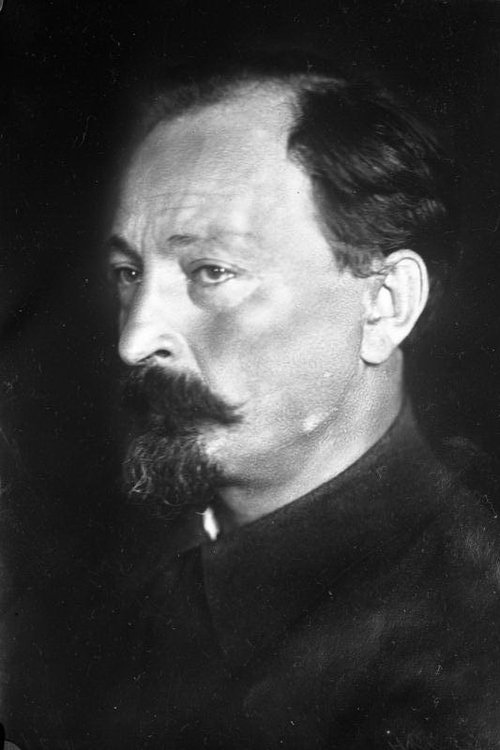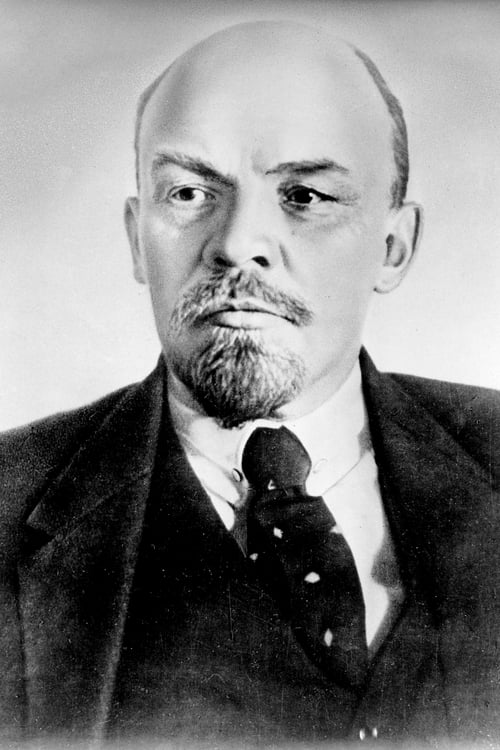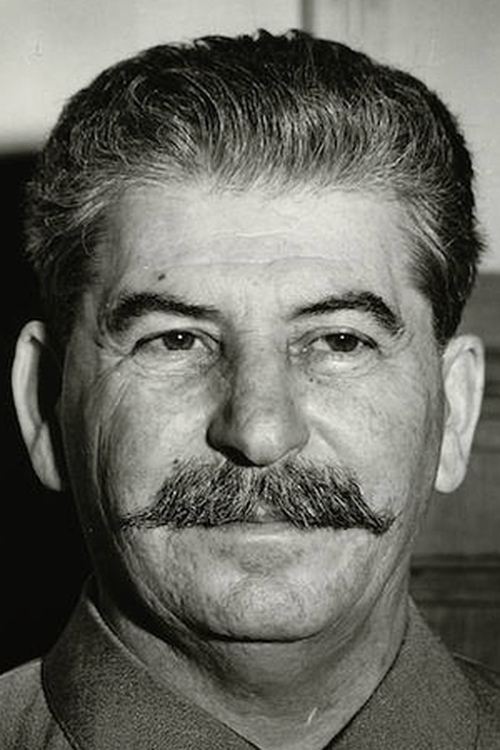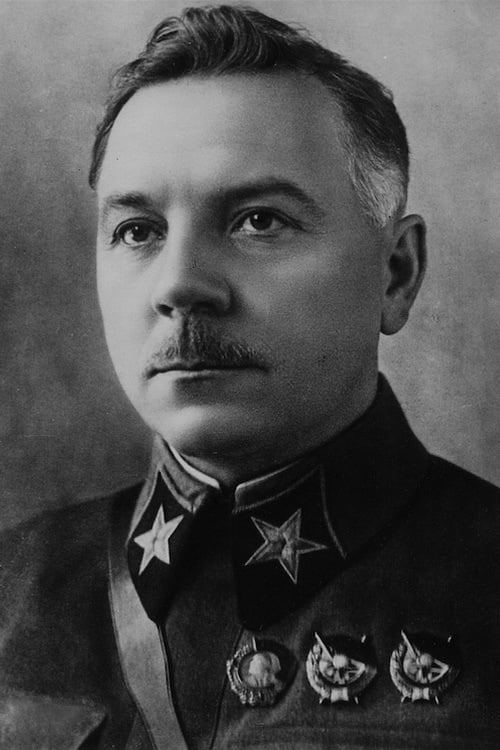Cast & Crew
5 members
Acting
Feliks Dzierzynski
Unknown Role

Acting
Владимир Ленин
Unknown Role

Acting
Иосиф Сталин
Unknown Role

Acting
Kliment Voroshilov
Unknown Role

Acting
Григорий Орджоникидзе
Unknown Role
No Image
Unknown Role

Unknown Role

Unknown Role

Unknown Role

Unknown Role